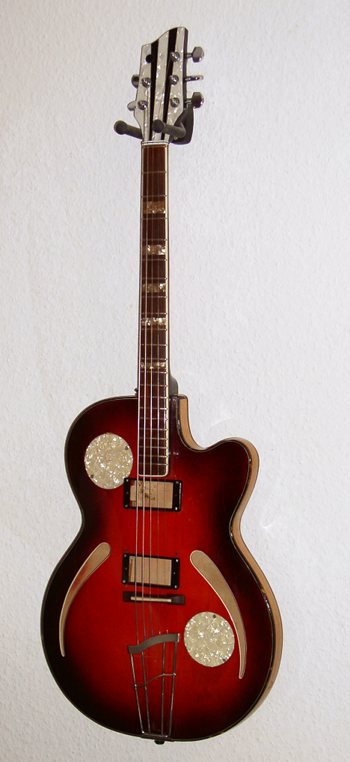Originally posted by bbsailor
View Post
Joseph,
CBG= cigar box guitar. There is a lively community of people who enjoy making and playing these. The ones I've seen have been 3 string instruments.
Thanks for the very detailed information. I don't have a specific archtop construction in mind but would like to experiment with a flattop acoustic without a traditional single large sound hole.
Talking about parallel conductors for the string loop: Do you know of anyone who has experimented with stacked PC boards for the string loop? The image would be of a Fishman Fluence type coil but with only about 4-8 stacked PC boards with double sided layers. With thick copper boards, maybe with silver plating, and multiple redundant plate-through holes and relatively large inter-board connector wires, it might be possible to get the overall loop resistance pretty low with parallel conductors - and this would allow some geometric design freedom in placing the conductors on the boards, tailoring width, etc. Kind of a "flat Litz" sort of thing. You could also selectively introduce some amount of eddy currents back into the design, using Bill Lawrence's idea of eddies as "seasoning" to the pickup sauce.
Fishman may have the stacked PC board pickup ring-fenced by patent though... but maybe wouldn't apply to a single loop design.
-Charlie

Comment